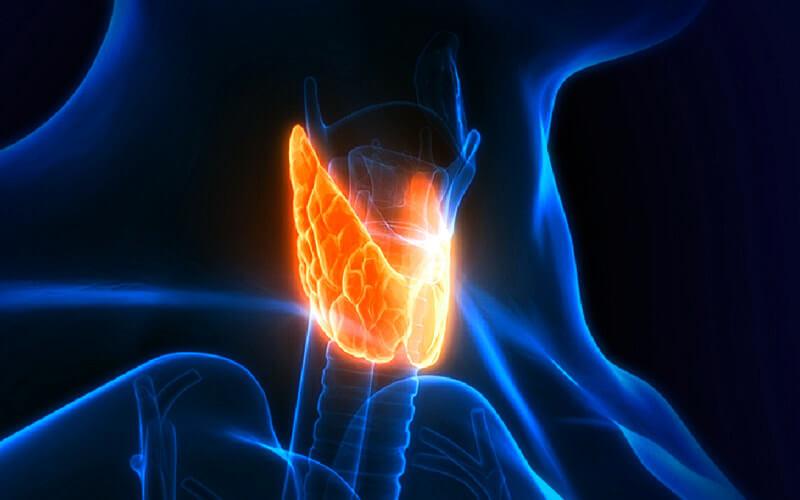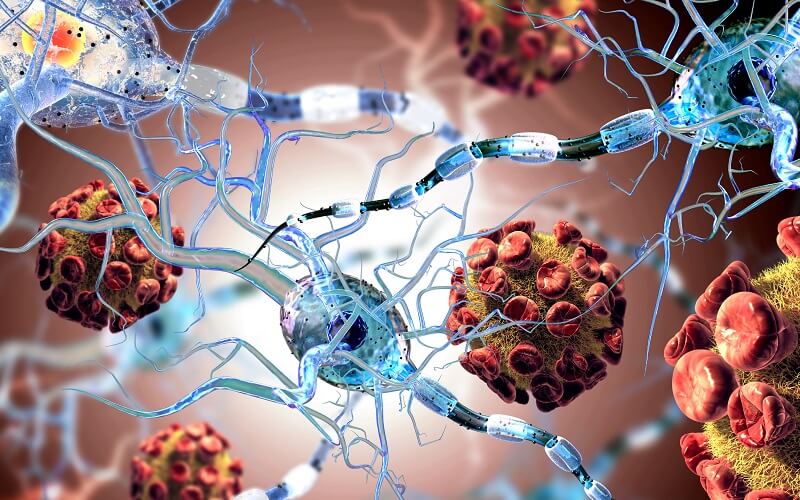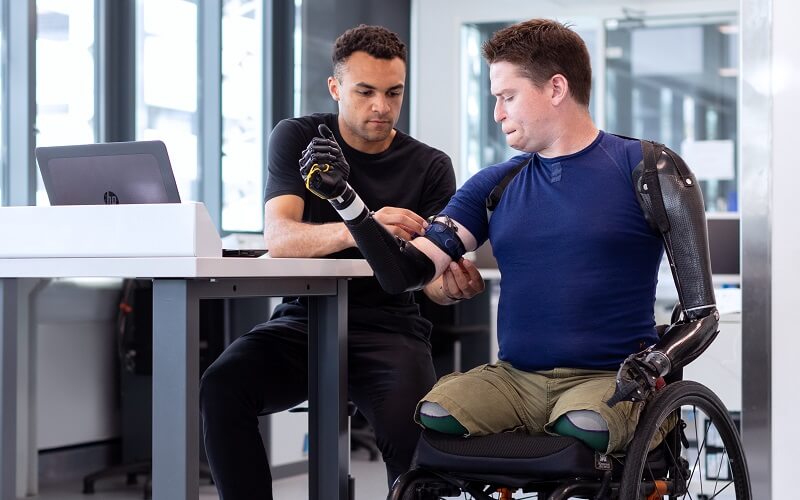Human Machine Interaction

Global News Radio - Can your brain control machines?
Prof. Tom Carlson discussed his group's research into the development of brain-machine interfaces (BMI) on 'Mornings with Simi' for Global News Radio in Vancouver, Canada. Listen on Spotify.
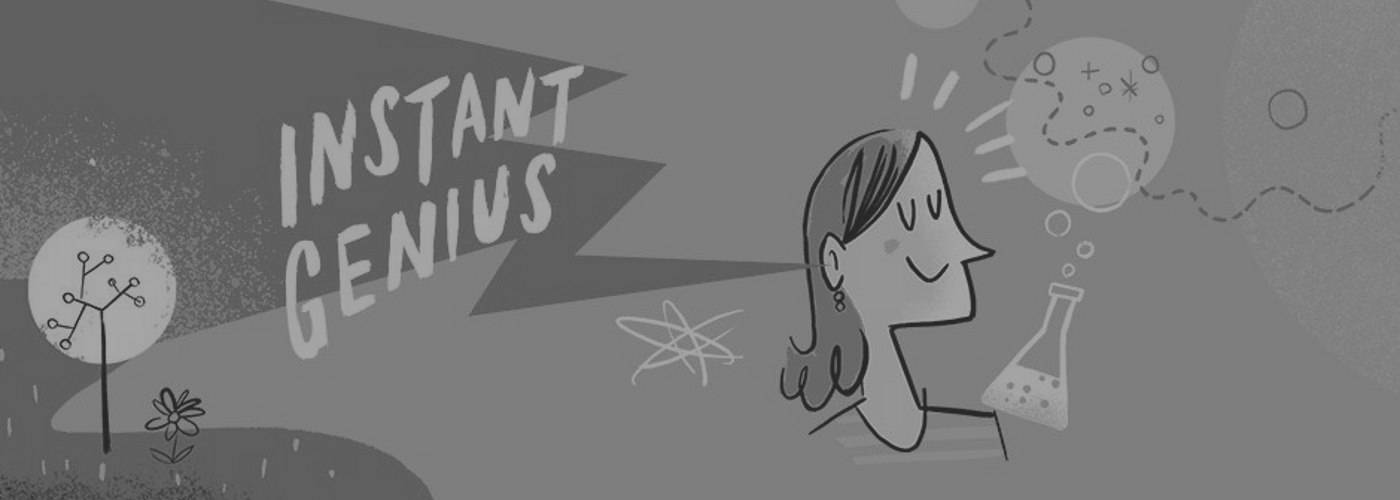
Professor Tom Carlson on Instant Genius Podcast
Instant Genius is a bite-sized masterclass podcast for the BBC Science Focus Magazine. In this episode, Professor Tom Carlson explores the rapidly expanding world of brain-machine interfaces.
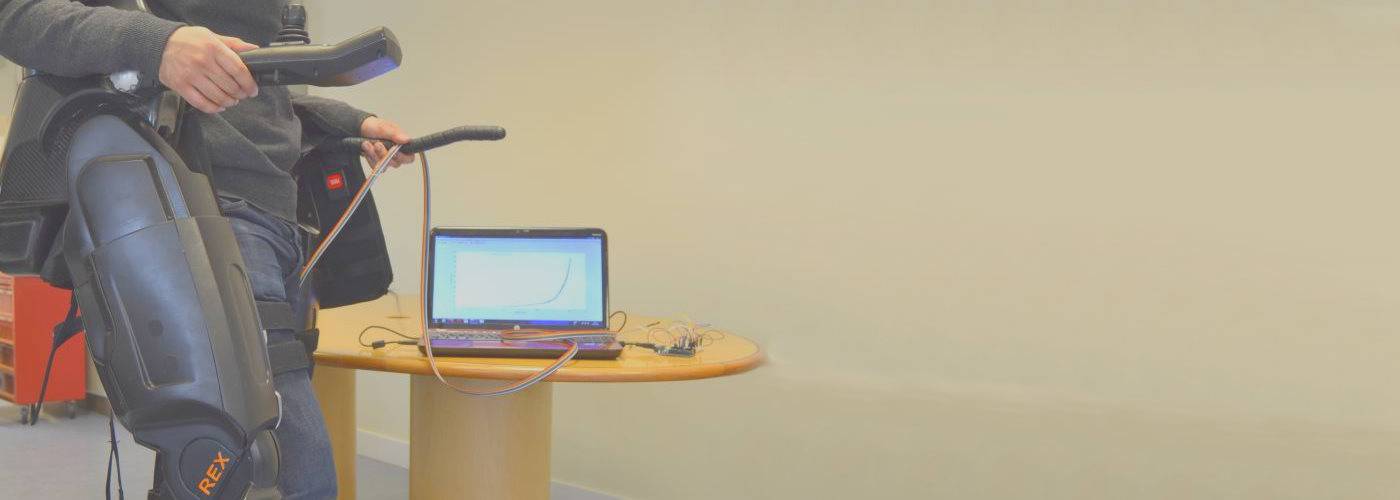
Case study: Robotic Exoskeleton
Medical students have explored how we might gain an understanding of brain activity so it could potentially control a lower limb exoskeleton.

Case study: Testing an electroencephalogram
Vion, a 17-year-old Sixth Form student on work experience at Aspire CREATE, describes his experience of testing an electroencephalogram (EEG) to control a computer game.
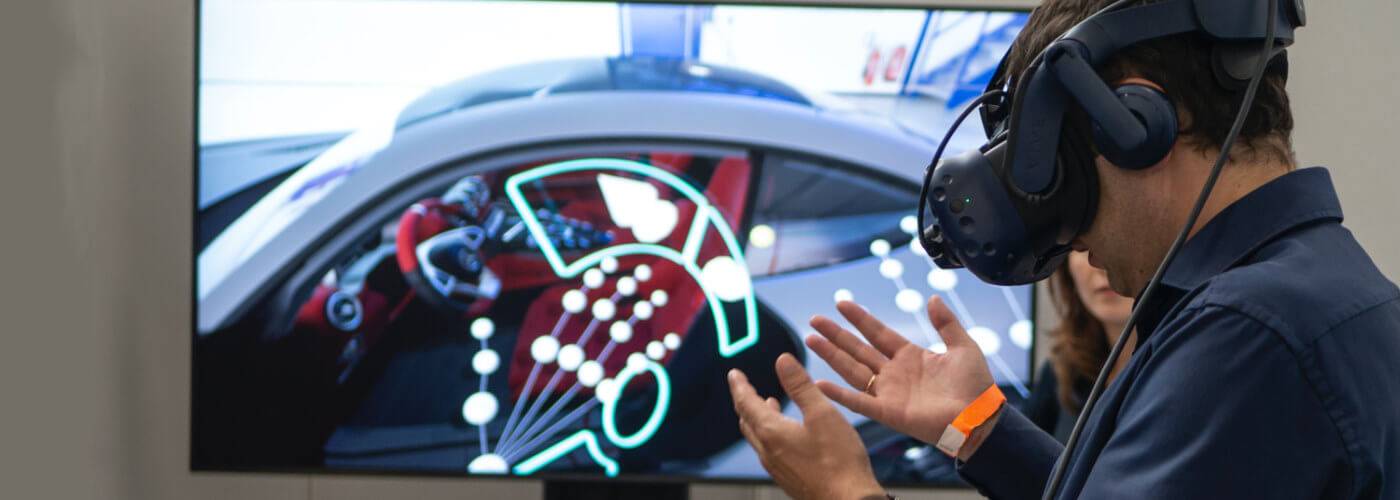
Case study: Haptics for amputees
We combine Haptics, Sense of Embodiment/Agency, and VR to create an optimum rehabilitative method to help reduce phantom limb pain in amputees.
More Aspire CREATE research
Our experts



Selected publications
- Pacaux-Lemoine MP, Habib L, Sciacca N & Carlson T (2020). Emulated haptic shared control for brain-computer interfaces improves human-robot cooperation. IEEE International Conference on Human-Machine Systems (ICHMS), Rome.
Pacaux-Lemoine M, Habib L & Carlson T (2018). Human-robot cooperation through brain-computer interaction and emulated haptic supports. 2018 IEEE International Conference on Industrial Technology (ICIT), pp. 1973-1978.
Rastegarpanah A, Rakhodaei H, Saadat M, Loureiro, RCV, et al (2018). Path-planning of a hybrid parallel robot using stiffness and workspace for foot rehabilitation. Advances in Mechanical Engineering. January 2018.
Snow PW, Sedki I, Sinisi M, Comley R & Loureiro RCV (2017). Robotic therapy for phantom limb pain in upper limb amputees. International Conference on Rehabilitation Robotics (ICORR), pp. 1019-1024.
- Zervudachi A, Sanchez E & Carlson T (2016). Preliminary EEG characterisation of intention to stand and walk for exoskeleton applications. 3rd International Conference on Neurorehabilitation (ICNR2016).
- Wilcox M, Rathore A, Morgado Ramirez DZ, Loureiro R & Carlson T (2016). Muscular activity and physical interaction forces during lower limb exoskeleton use. Healthcare Technology Letters.
- Rathore A, Wilcox M, Ramirez DZM, Loureiro R & Carlson T (2016). Quantifying the human-robot interaction forces between a lower limb exoskeleton and healthy users. Conference proceedings: Annual International Conference of the IEEE Engineering in Medicine and Biology Society. IEEE Engineering in Medicine and Biology Society. Annual Conference, 2016, 586-589.
Related courses
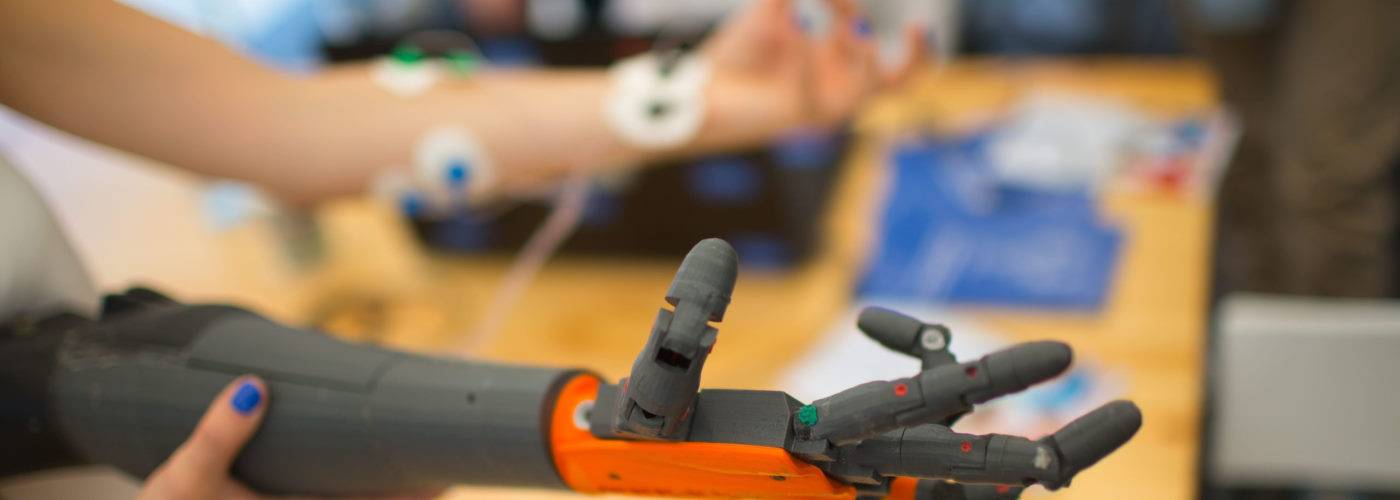
Rehabilitation Engineering & Assistive Technologies MSc
This MSc focuses on the design, development and clinical application of new rehabilitative and assistive technologies to help restore motor functions.
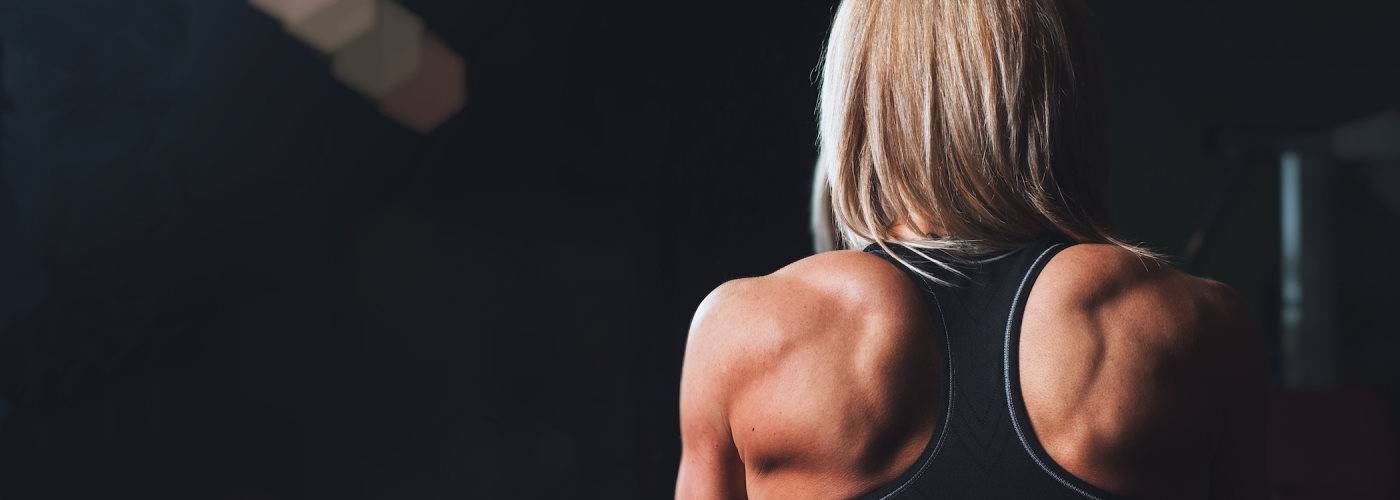
Physical Therapy in Musculoskeletal Healthcare & Rehabilitation MSc
This MSc teaches the scientific principles of physical therapy and allows you to experience the clinical application of specialist rehabilitation techniques.
About Aspire CREATE
We work to improve the quality of life of people with spinal cord injuries. The Centre for Rehabilitation Engineering and Assistive Technology (Aspire CREATE) is a joint research venture between UCL, the Aspire Charity, and the Royal National Orthopaedic Hospital.
How to reach us
Royal National Orthopaedic Hospital
Brockley Hill
Stanmore
HA7 4LP
- Our office: Institute of Orthopaedics and Musculoskeletal Science. (Building 6, ref. 8D.)
- Our main lab: Peripheral Nerve Injury unit. (Building 37, ref. 5E.)
It can be tricky to find your way around the site. We have created a photo guide to help you find our office.
 Close
Close


